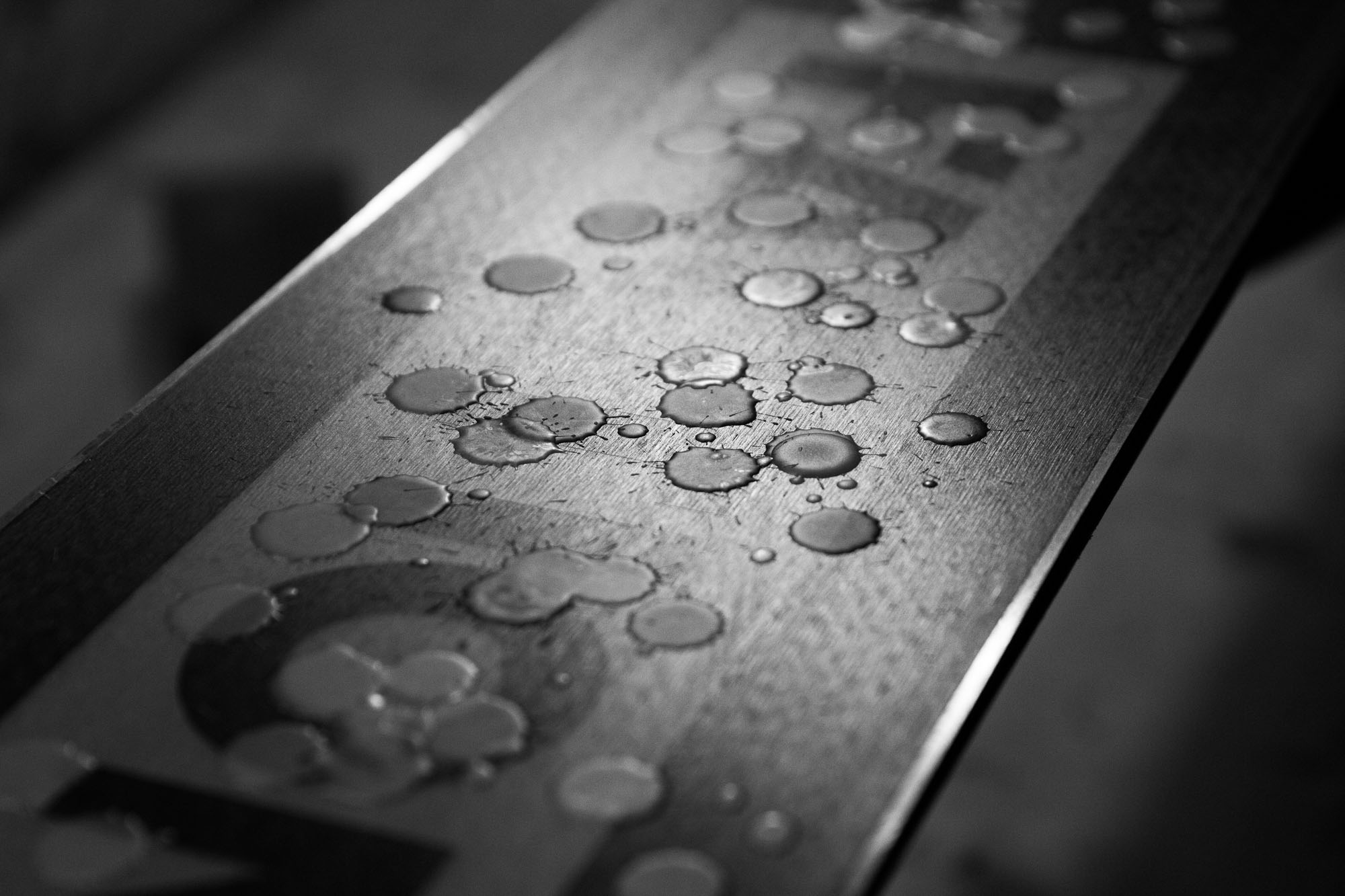
Gear
HighlightGear love
How To: Store ski gear for the summer
If you’re anything like me, at the end of a good season your skis are caked in a sticky, foul-smelling combination of skin glue, pine needles, dried beer, sweat, hot sauce and parking lot gravel.
It’s easy to throw everything in a closet or garage until November, but letting your skis sit unwashed and decaying is no way to treat your gear. Take care of your gear so it takes care of you. Here’s what to do instead.
Skis
Wash and wipe any dirt and grime off your bases, topsheets and bindings. Inspect your skis for any serious damage and take them to the shop to get fixed if needed. Summer is the perfect time to take care of any core shots, edge burs, or topsheet delamination. Before throwing them into storage for the summer, brush your bases with a steel or copper brush, and apply a generous layer of warm-weather, soft wax (Swix base-prep mixes or “red” waxes) to the bases. This wax coat prevents the bases from “drying out”: the accumulation of micro-abrasions on the ski’s bases in the absence of protective wax, indicated by whitish-grey streaks and splotches. The wax coat should be generous enough to partially or entirely coat the edges, helping to reduce rust and oxidation damage.
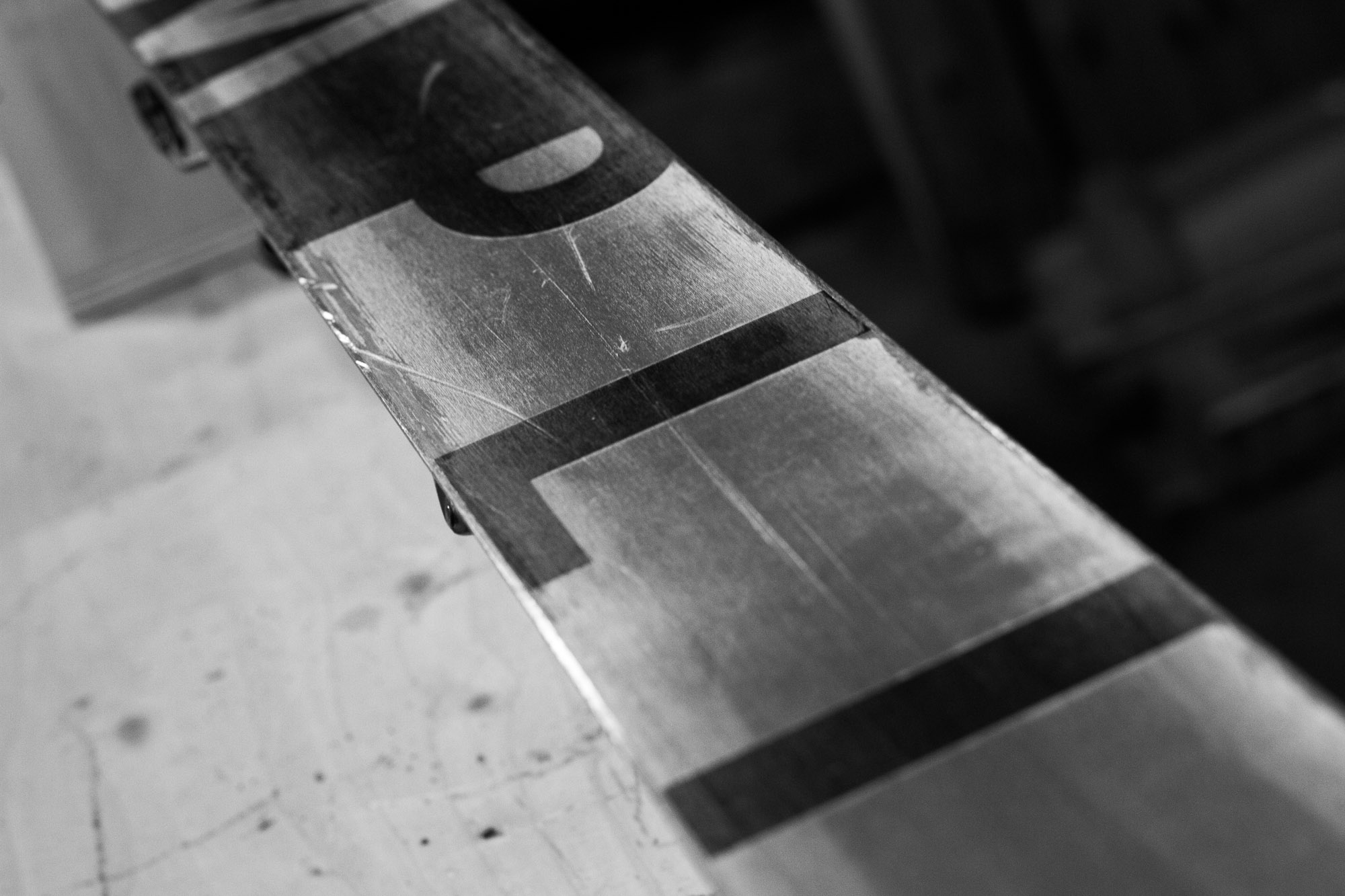
Those white patches are your bases screaming for wax. And it looks like high time for some edge work and P-Tex, too.
Find somewhere dry, where the temperature is relatively constant, to store your skis. Excess moisture will rust any exposed metal on the bindings or edges, and dramatic temperature fluctuation can accelerate top sheet delamination, especially if stored in direct sunlight. Composite ski materials expand and contract with temperature swings, causing separation and delamination of ski layers. Store the skis so they’re evenly balanced, ideally horizontally, with no major pinch or pressure points that might disrupt the ski’s camber or rocker profile. Skis stored vertically with their tails resting on cement floors can be more prone to tail delamination over time.
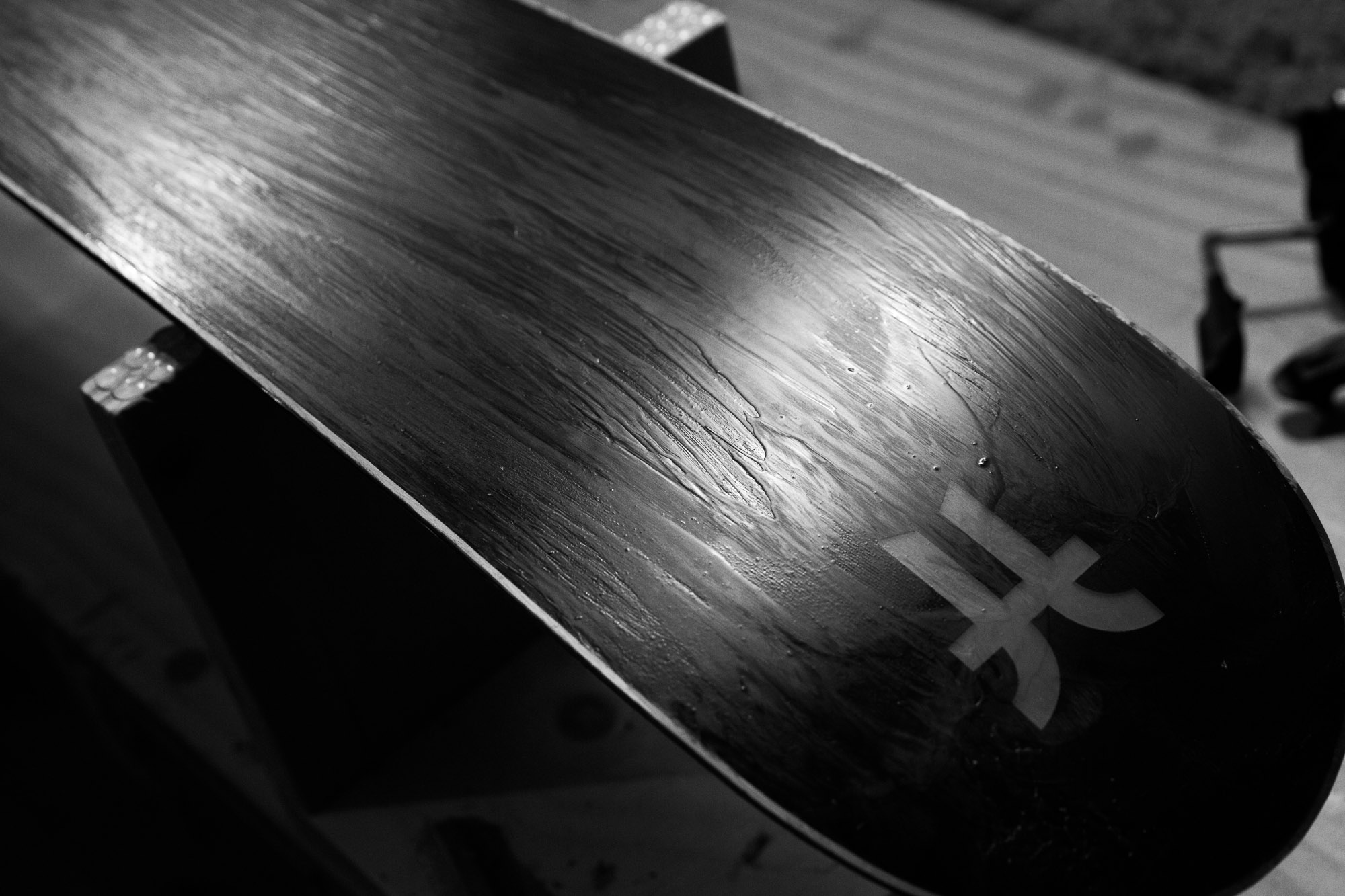
Lay that storage wax on thick for the summer months.
Bindings
Bindings don’t require much for summer care and storage. Gently wash the toe and heel pieces, removing any grit or grease. Inspect the bindings for stripped screws, cracks, damaged springs, sheared pins or any other cataclysmic damage. Check with your binding manufacturer for any recalls or warranties (like on the Marker Kingpin), as the summer months afford more time for the molasses-paced warranty process.
If you want to go above and beyond, turn your toe and heel piece DINs to a lower setting (but not the lowest), and put them in “ski” mode: heel pieces in the “up” position, how they would look if your boot was in the binding. These adjustments reduce the tension load on the spring systems, and can slightly promote binding longevity.
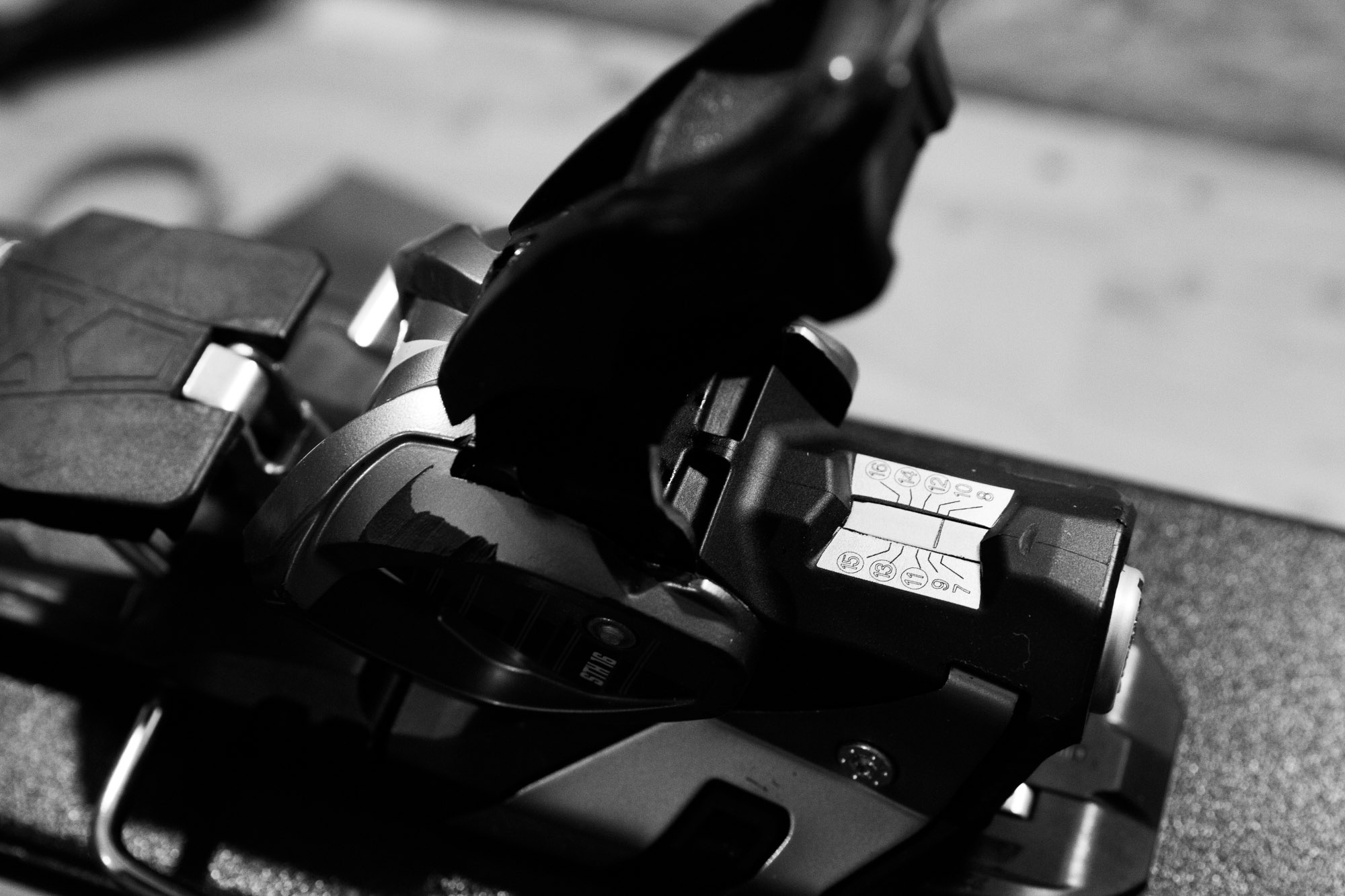
You can back your DINs down in the off-season - just don´t forget to crank them up again in the fall!
Boots
For ski boot summer storage, you’ll want to remove the liners from the shells. Wipe down and wash the shells, and let them dry. Inspect the shells for cracks, broken buckles, missing springs, torn straps, etc., and take them to the shop if needed. If you rock boots with tech inserts, inspect the heel piece screw to ensure it’s not loose, and scrub the toe welts with an old toothbrush. If you have any concerns about the health of your tech inserts, take them to a boot shop. After cleaning and inspection, re-buckle the shells loosely to help them retain their shape, and avoid temperature distortions. Store the boots somewhere cool and dry, out of direct sunlight. Though most ski boot materials are resistant to temperature changes, long-term heat can distort the plastic materials.
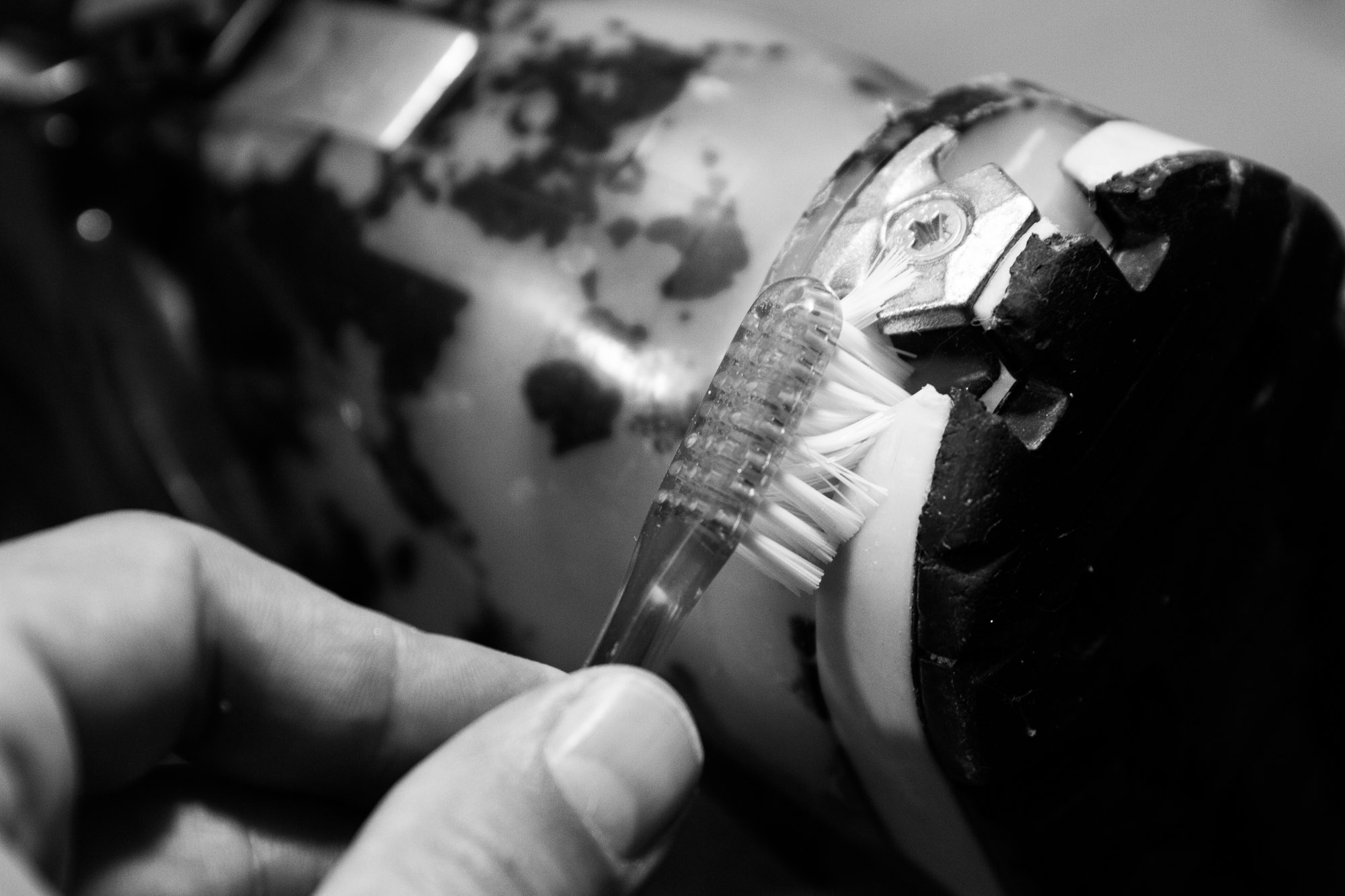
Give your boots some love - they´ve earned it.
If you have roommates, parents, a boyfriend/girlfriend, cats, dogs, or any living thing that comes over to your house on a semi-regular basis, for the love of God, wash your boot liners. No piece of gear accumulates more sweat or daily use than your boots. For your sake and the sake of those around you, clean and wash them before fumigating your house with your foot stench. Intuition liners can be hand-washed with antibacterial soap and cold water, and air dried. Foot powder and disinfectant sprays can be used to help further combat the odor. Hand washing works best for most liner types, but double-check with the manufacturer. Store your liners in a cool, dry place after drying. Wet boot liners left in a moist environment can grow mold (I’ve seen it happen, it’s disgusting), and excessive heat can distort the liner shape over time. Get a liner re-mold if needed (Intuition liners usually hold their shape for about 60 days of use before they start to pack out) - your local boot shop has more time now than they will two days before opening day next season.
Skins
Climbing skins are the most neglected piece of gear in my arsenal. Towards springtime, my lack of skin care and rising temperatures smears a congealed mess of glue across my backpack, gloves, helmet, and skis. Poor skin care can easily lead to bad days in the backcountry — if you’ve ever had to scrape a layer of sticky sludge off your bases before dropping in, you’ll know this.
For summer storage, make sure your skins are washed and dried. Remove as much dirt, hair, rocks, etc. as possible from both the skin side and glue side. Once your skins are picked clean and dry, store them using a ‘skin saver’ (most climbing skins come with one), a Black Diamond Cheat Sheet, or similar product. A long narrow piece of drywall screen could work in a pinch, but you’re almost certainly better off using skin-specific products recommended by manufacturers. If the glue is failing or sticking to everything, summer is a great time to try to reactivate or re-glue your skins.
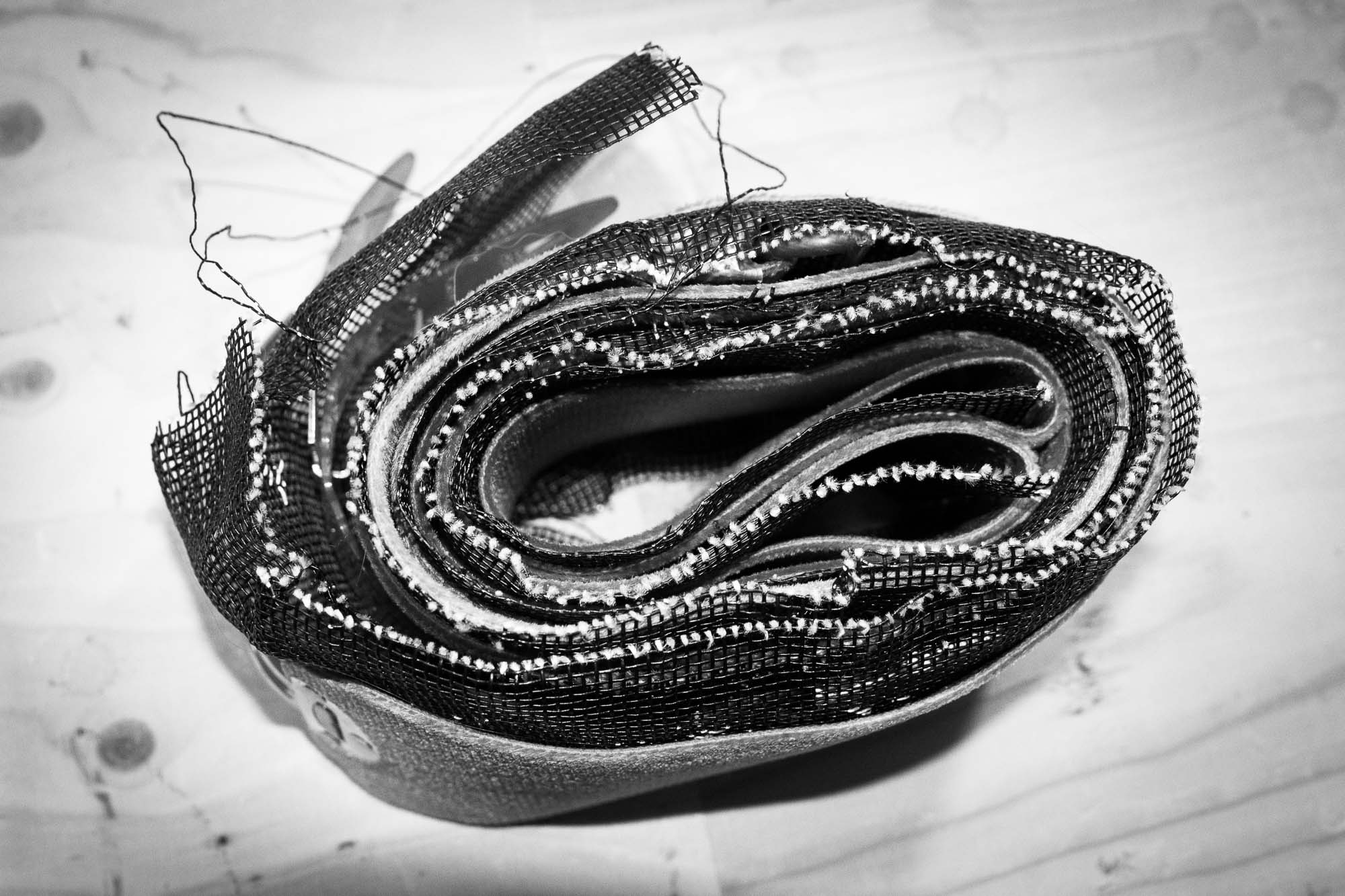
Neglect your skins, suffer the consequences.
Stick the glue side to the skin saver, and put the skins in the skin bag. You’ll want to store the skins somewhere cool and quiet, where dust, dirt, hair, dog fur, etc. won’t find its way to the precious glue-side. Skin glue is more prone to heat damage than other gear, and leaving your skins in the sun all summer will cause the glue to run and congeal, leading to the dreaded sticky mess mentioned earlier. Some skiers even throw their skins in the fridge or freezer for the summer (skin glue is engineered to operate at these temperatures) to preserve the glue and prevent contaminants.
Beacon
For you freeriders out there (freestylers and park rats can skip this part), this is arguably your most important piece of gear. It can save your life, and it can save your friends’ lives. If you ignore everything else on this list, at the very least, take care of your beacon.
Inspect the outside of the beacon, and test it both search and receive mode, ensuring the hardware and firmware are in working order. If you notice any issues, anything broken or malfunctioning, contact your beacon manufacturer. Check with your beacon manufacturer for any firmware updates, or more importantly, recall notices (such as the Orthovox 3+ and S1+).
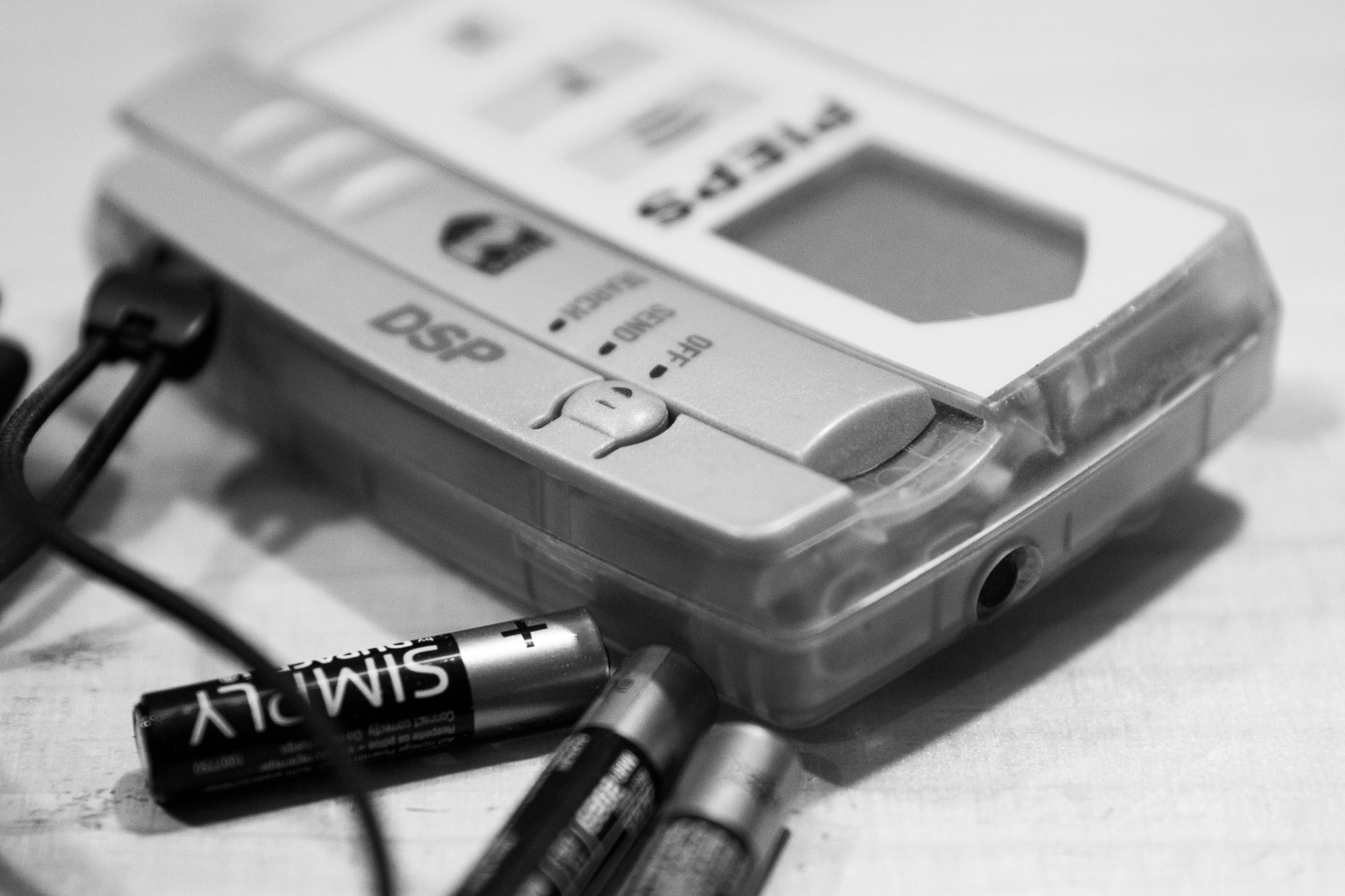
Check if your firmware is up to date, and pop out those batteries for long-term storage.
Once assured that your beacon is in working order, remove the batteries for long-term storage. This prevents corrosion in the battery compartment and battery contacts. Corrosion can interrupt the flow of energy powering the beacon, and if it’s severe enough, render it inoperable. Corrosion can be removed using a rubbing alcohol-dipped Q-tip. If you’re unsure of how to clean the corrosion, take the beacon to your local retailer.
It's never a bad idea to test your beacon throughout the summer. Take it out of storage every few weeks to re-check its functions, and grab some friends to run search drills. If you never used the beacon in the field, take some time during the summer to learn its search pattern, how it sends and receives flux lines, and how to run coarse and fine searches.
Airbag
Avalanche bags should be cleaned out and inspected at the end of each season. Inspect the pack carefully for damage (especially the internal cable systems), and don’t hesitate to take it into the shop if you find anything suspicious. While a busted zipper may seem like a minor issue, it can cause serious problems like preventing the airbag from deploying properly. Hand wash the bag with cool water, avoiding solvents, detergents, and washing / drying machines altogether.
For storage, check with the manufacturer. BCA recommends triggering and inflating the airbag to check for any leaks, replacing the O-ring (mandatory following each deployment), and refilling (or replacing) the cylinder. Orthovox recommends storing the cartridge separate from the trigger system, and keeping the cartridge in its protective cap and original packaging. Scott, Mammut, and Arva all have their own guidelines regarding storage. Depending on how often you deploy your bag, you may want to consider replacing the bag altogether. Most companies recommend replacing the bag after 20 airbag deployments.
Apparel
To prevent odor and to encourage longevity, wash your layers at the end of each season. Waterproof shells and Gore-Tex materials work best when clean, free of grime, oils, and dirt that can clog the semi-permeable fabrics. Wash them according to manufacturer's instructions—usually machine wash on a warm, permanent press cycle, with a small amount of detergent. Avoid fabric softeners, powder detergent and bleach. Products like Nikwax Tech Wash can be used to revive the waterproofing on the outer layers of shells. Air-dry and store somewhere cool and dry.
Wool base layers should be washed on warm or cool using a small amount of normal detergent. Air dry, and avoid heat or drying machines. Down layers should be washed cold with a small amount of detergent (or special down wash), then tumble dry on low heat with a few tennis balls in the machine to break up any clumps.
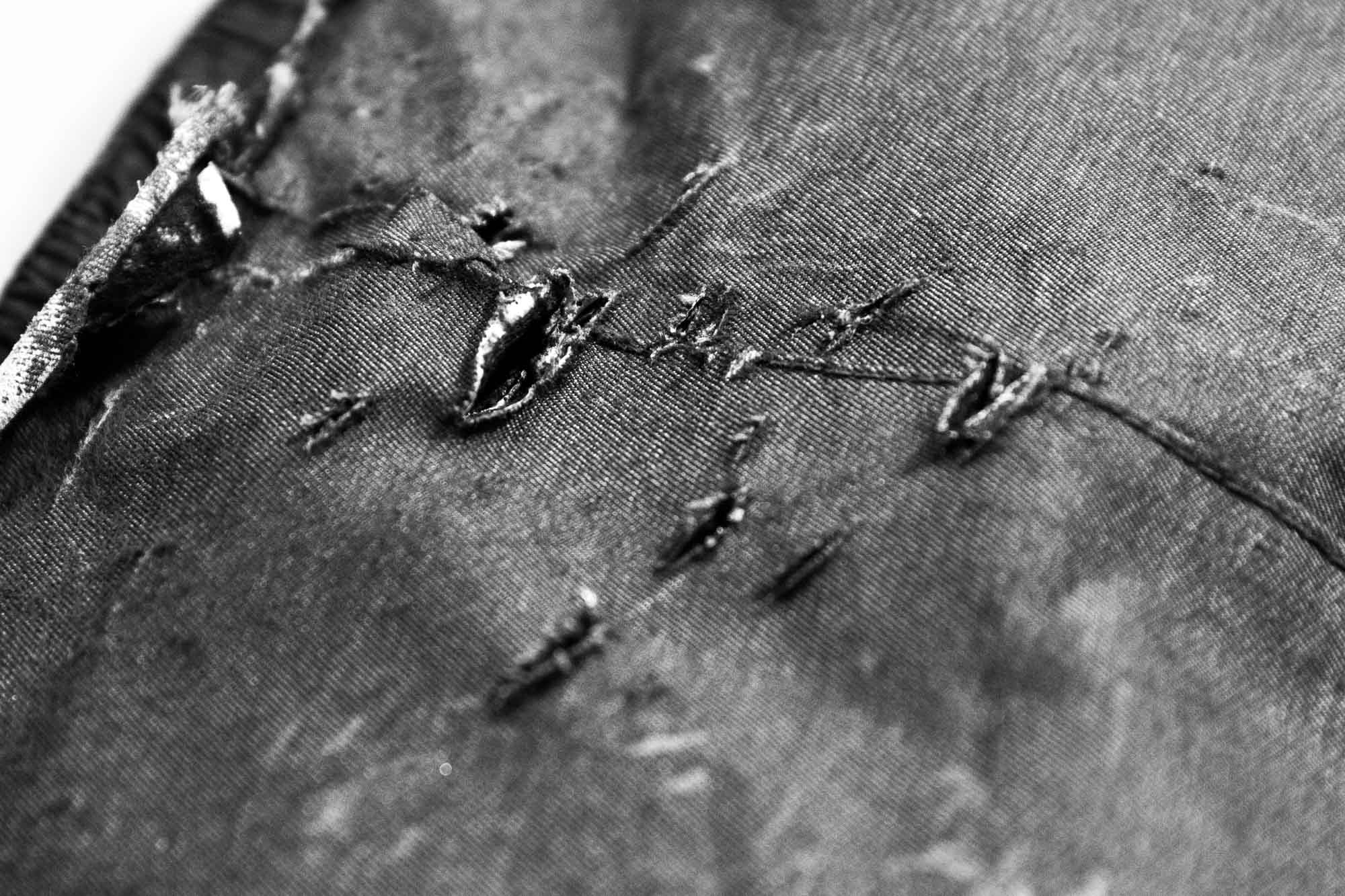
You might need to break out the needle and heavy-duty thread, too.
Your Body
As stated above, take care of your gear so it takes care of you. Put in the time this summer to prepare your body for next season. Hit the road or mountain bike for stronger legs and lungs on the skin track. Use trampolines or water-ramp sessions to learn new rotations. Take yoga classes or go to the gym to help with durability and recovery. Go skating, climbing, or hiking or anything active and outdoors. Drink less beer and eat more vegetables. You body will thank you for it.